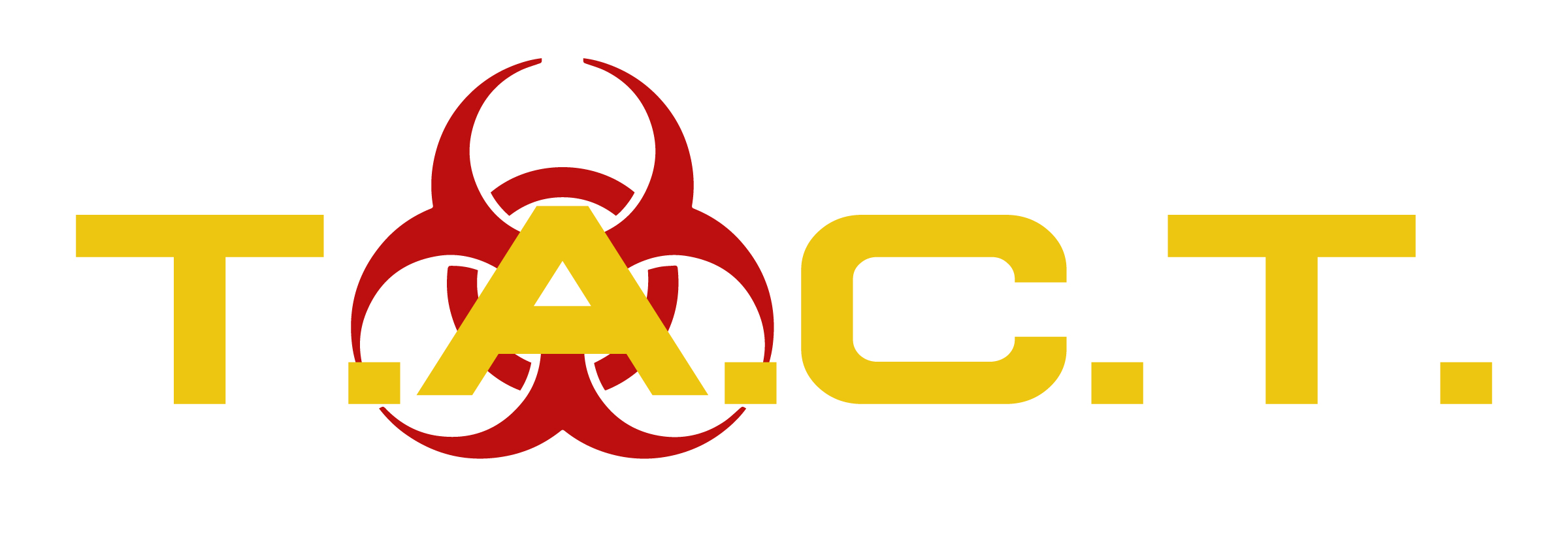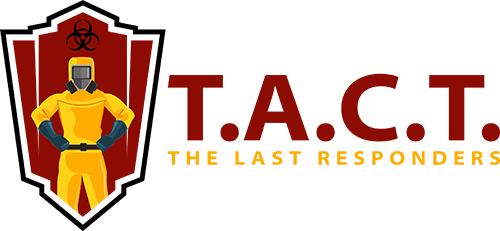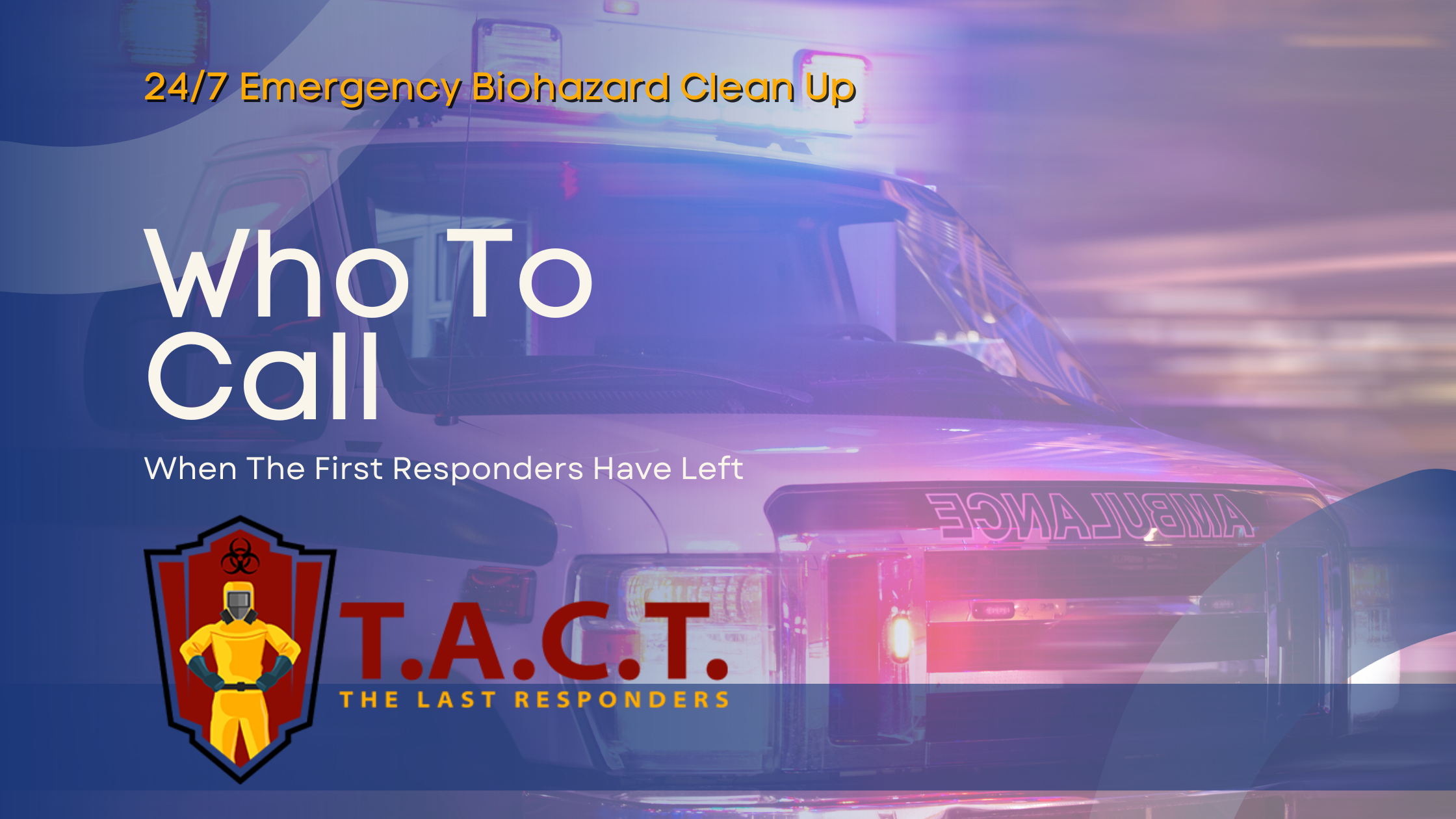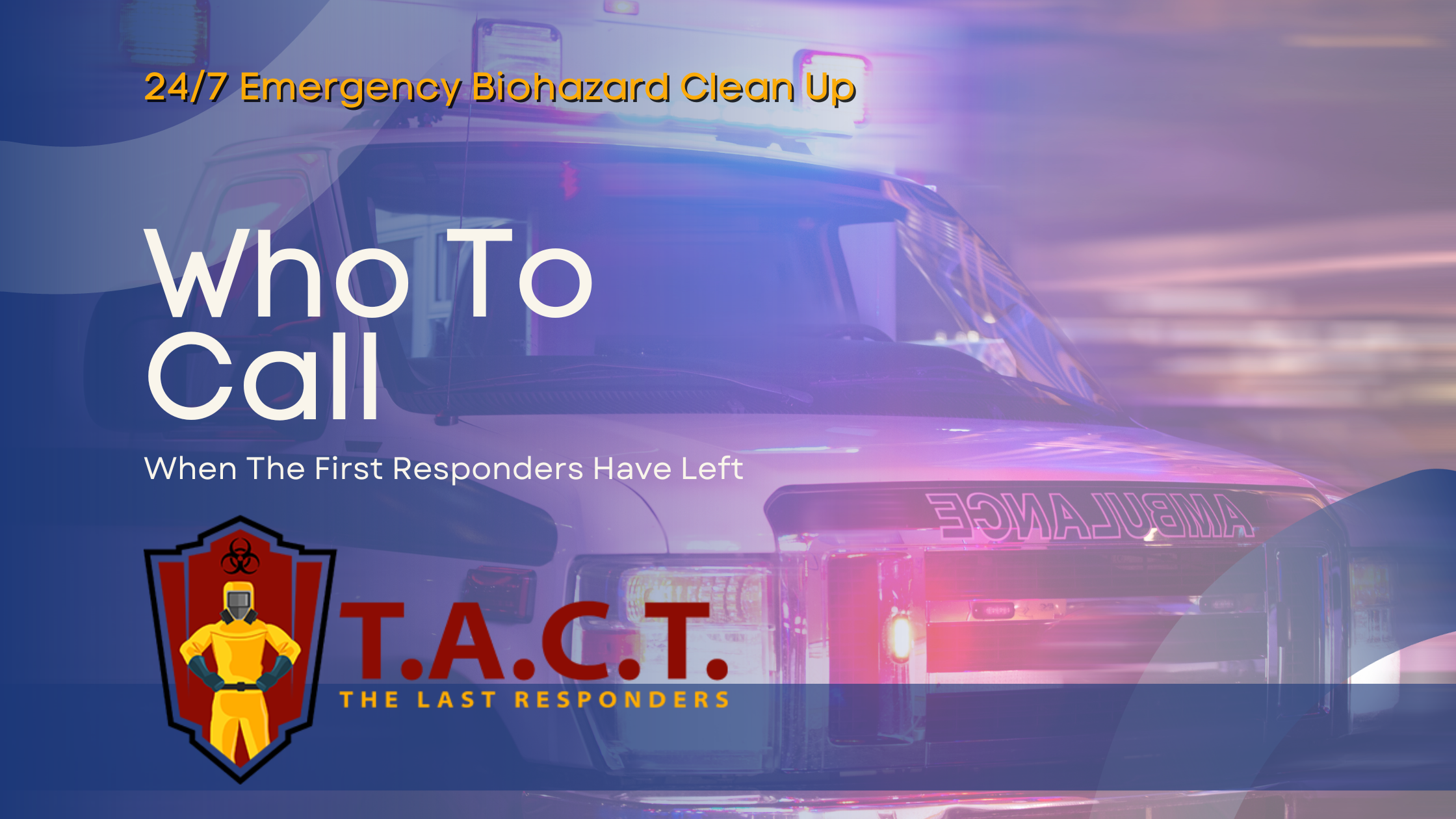Water Damage & Mold Repair: Essential Solutions Guide

Essential Guide to Effective Water Damage and Mold Repair Solutions
Water damage strikes when you least expect it. A burst pipe during a winter freeze, a leaking roof after heavy storms, or a flooded basement following spring rains can turn your safe haven into a hazardous environment within hours. The immediate concern goes beyond visible water—it's the hidden threat of mold growth that develops silently in the aftermath.
When water infiltrates your property, you're racing against time. Mold spores, naturally present in the air, need only moisture and organic materials to begin colonizing. Within 24 to 48 hours of water exposure, these microscopic invaders can establish themselves in your walls, beneath flooring, and throughout your HVAC system.
Understanding the relationship between water damage and mold growth empowers you to take swift, decisive action. This comprehensive guide will walk you through the critical steps needed to address water damage effectively, prevent mold establishment, and restore your property to a safe, healthy condition. Whether you're dealing with a current emergency or preparing for future incidents, the strategies outlined here will help protect your most valuable investment—your home or business.
Understanding the Science Behind Mold Growth
Mold thrives in environments where three conditions converge: moisture, organic material, and temperatures between 77-86°F. Unfortunately, these conditions describe most water-damaged properties perfectly. Excessive moisture creates the ideal breeding ground, while common building materials like drywall, wood framing, and carpet padding provide the organic food sources mold needs to flourish.
The speed of mold colonization often surprises property owners. Mold spores can begin germinating within 12 hours of water exposure, with visible growth appearing within one to two days. By day three, mold colonies start releasing additional spores into the air, spreading contamination throughout your property via your HVAC system and natural air currents.
Different mold species present varying levels of concern. While some molds primarily cause cosmetic damage and musty odors, others can trigger serious health problems including respiratory issues, allergic reactions, and in extreme cases, toxic responses. Black mold (Stachybotrys chartarum) represents one of the most concerning varieties, particularly dangerous for children, elderly individuals, and those with compromised immune systems.
Understanding these growth patterns helps explain why professional remediation specialists emphasize rapid response. Once mold establishes itself beyond the initial germination phase, removal becomes significantly more complex, expensive, and time-consuming.
The Professional Mold Remediation Process
Effective mold remediation follows a systematic approach designed to eliminate existing contamination while preventing future growth. Professional mold remediation services begin with comprehensive mold testing and inspection to determine the full extent of contamination—often far beyond what's visible to the naked eye.
The remediation process starts with moisture source identification and elimination. Without addressing the root cause of moisture intrusion, mold will inevitably return regardless of cleanup efforts. This might involve repairing leaking pipes, improving ventilation systems, or waterproofing basement walls.
Containment comes next. Remediation specialists establish physical barriers and negative air pressure systems to prevent mold spores from spreading to uncontaminated areas during the cleanup process. This protection is crucial—disturbing mold colonies without proper containment can actually worsen contamination by dispersing spores throughout your property.
Material removal follows established protocols based on contamination severity. Porous materials like drywall, insulation, and carpet padding typically require complete removal and disposal when heavily contaminated. Semi-porous materials may be salvageable through aggressive cleaning and treatment, while non-porous surfaces can often be cleaned and disinfected effectively.
Air scrubbers and HVAC system cleaning complete the remediation process. These specialized devices remove airborne mold spores and filter the air throughout the affected areas. Your HVAC system requires particular attention since it can distribute contamination throughout your entire property if not properly cleaned and sanitized.
Strategic Mold Removal and Cleanup Approaches
Successful mold cleanup requires more than simply scrubbing visible growth with detergent and water. Professional-grade strategies address both surface contamination and the underlying conditions that enabled mold establishment.
The cleanup process begins with accurate damage assessment. Remediation specialists use moisture meters, thermal imaging cameras, and air quality testing equipment to map the full extent of contamination. This comprehensive evaluation ensures no affected areas are overlooked—a critical factor since hidden mold colonies can quickly recontaminate cleaned areas.
Material-specific treatment protocols optimize removal efficiency while minimizing property damage. Non-porous surfaces like metal, glass, and sealed concrete can typically be cleaned using antimicrobial solutions and high-efficiency particulate air (HEPA) filtration. Semi-porous materials require more aggressive treatment, often involving media blasting or specialized chemical applications.
For heavily contaminated porous materials, removal and replacement typically proves more cost-effective than attempted restoration. Professional remediation teams carefully document removed materials for insurance purposes and ensure proper disposal according to local environmental regulations.
The cleanup process concludes with thorough decontamination of the work area and post-remediation verification testing. This final testing confirms that spore levels have returned to acceptable ranges and that the remediation efforts have been successful.
Preventing Future Mold Damage Through Proactive Measures
Prevention remains your most powerful tool against mold damage. Regular property maintenance and prompt attention to moisture issues can eliminate most conditions that lead to mold growth, saving thousands of dollars in remediation costs.
Monthly inspection routines help identify potential problems before they escalate. Check areas prone to moisture accumulation: basements, crawl spaces, attics, and areas around plumbing fixtures. Look for signs of water intrusion, condensation buildup, or unusual humidity levels that might indicate hidden leaks or ventilation problems.
Humidity control plays a crucial role in mold prevention. Indoor humidity levels should remain between 30-50% year-round. Dehumidifiers, proper ventilation, and regular HVAC maintenance help maintain these optimal levels. In high-risk areas like bathrooms and kitchens, exhaust fans should run during and after water use to remove excess moisture.
Paint selection can provide additional protection in moisture-prone areas. Paints containing mildewcide offer enhanced resistance to mold growth, particularly valuable in bathrooms, basements, and other high-humidity spaces. However, these specialized paints work best as part of a comprehensive moisture management strategy, not as standalone solutions.
Address minor water damage immediately. Small leaks and minor flooding events might seem manageable, but delayed action allows mold spores time to establish colonies. Even seemingly minor issues like a dripping faucet or small roof leak can create conditions for extensive mold growth if left unaddressed.
Why Speed Matters in Water Damage Response
Time represents the critical factor separating manageable water damage from devastating mold contamination. The 24-48 hour window following water intrusion determines whether you'll face minor repairs or major remediation expenses.
Water damage creates cascading problems that compound rapidly. Initially, standing water threatens flooring, walls, and personal belongings. Within hours, moisture begins penetrating porous materials, swelling wood, delaminating composite materials, and creating ideal conditions for mold establishment. By day three, bacterial growth often joins mold colonization, creating additional health hazards and complicating cleanup efforts.
Professional water extraction and drying services can interrupt this progression when deployed quickly. Industrial-grade dehumidifiers, air movers, and moisture detection equipment can remove water and reduce humidity levels before mold spores can establish viable colonies. This rapid intervention often means the difference between minor restoration work and complete material replacement.
Documentation during the emergency response phase proves crucial for insurance claims. Professional restoration companies provide detailed photo documentation, moisture readings, and damage assessments that support insurance coverage decisions. This professional documentation often results in better claim outcomes than homeowner-generated evidence.
Emergency response also addresses safety concerns that property owners might overlook. Electrical hazards, structural damage, and contaminated water all present serious risks that require professional assessment and mitigation.
Maintaining Long-Term Property Health
Effective mold prevention extends beyond addressing immediate water damage—it requires ongoing commitment to property maintenance and environmental monitoring. Developing systematic maintenance routines helps identify and address potential problems before they create conditions for mold growth.
Seasonal maintenance schedules should include specific mold prevention tasks. Spring inspections focus on roof integrity, gutter function, and basement waterproofing after winter freeze-thaw cycles. Summer maintenance emphasizes HVAC efficiency and humidity control during peak moisture seasons. Fall preparations include plumbing insulation and heating system servicing before winter weather arrives.
Indoor air quality monitoring provides early warning of developing problems. Simple humidity gauges help track moisture levels, while periodic professional air quality assessments can identify developing issues before they become visible problems. Many property owners find that investing in professional annual inspections pays dividends by catching problems early.
Regular cleaning routines using appropriate products help maintain surfaces resistant to mold growth. However, aggressive cleaning of visible mold without proper containment and protection can actually worsen contamination by dispersing spores throughout your property. When mold growth exceeds small, surface-level patches, professional remediation becomes the safer, more effective option.
Building envelope maintenance—keeping your property's exterior barriers intact—provides the foundation for all other mold prevention efforts. Regular inspection and maintenance of roofing, siding, windows, and foundation waterproofing prevent the water intrusion that makes all other prevention efforts meaningless.
Moving Forward: Your Next Steps for Property Protection
Water damage and mold growth represent serious threats to both property value and occupant health, but they're entirely preventable and manageable with prompt, appropriate action. The key lies in understanding that speed, professional expertise, and systematic prevention strategies work together to protect your investment.
If you're currently dealing with water damage, contact professional remediation specialists immediately. Every hour of delay increases both the scope of damage and the cost of restoration. Professional assessment and rapid response can often prevent minor water incidents from becoming major mold problems.
For long-term protection, develop and implement regular maintenance routines that address the underlying conditions mold needs to establish itself. This proactive approach not only prevents costly remediation expenses but also protects the health and safety of everyone who uses your property.
Remember that effective mold prevention and remediation require specialized knowledge, equipment, and experience. While minor maintenance tasks fall within most property owners' capabilities, significant water damage and any visible mold growth warrant professional attention. The investment in professional services typically proves far more cost-effective than attempting DIY solutions that may inadvertently worsen the problem.
Meta data
Meta title
Water Damage & Mold Repair: Essential Solutions Guide
Meta description
Learn effective water damage and mold remediation strategies. Discover prevention tips, professional processes, and why quick action saves money.
Latest news

Nosy neighbors peeking? T.A.C.T. North Atlanta offers discreet biohazard remediation for rodent infestations, mold, hoarding, and more. Unmarked vehicles, quiet experts, full privacy—24/7 service at 470-781-4775.
Read More

